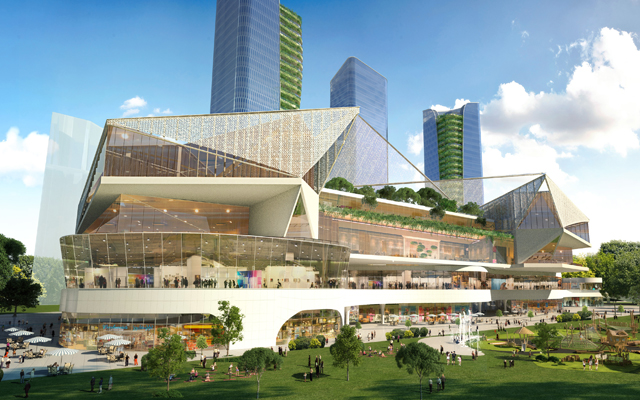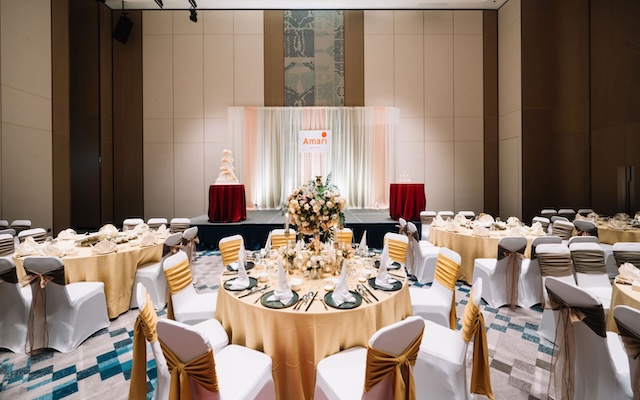The Singapore Tourism Board (STB) has set an ambitious goal to triple the tourism receipts generated by business events by 2040, aiming for the sector to contribute around 10 per cent of its targeted S$47 billion (US$35.6 billion) to S$50 billion in overall tourism revenue.
This represents a significant increase from the 2019 pre-Covid figure of four per cent, which amounted to S$1.4 billion.

“MICE visitors spend twice as much as a leisure visitor, making it an exceptionally valuable segment for Singapore,” said Grace Fu, minister for sustainability and the environment and minister-in-charge of trade relations, during her speech at the Tourism Industry Conference 2025 this morning.
To achieve this triple-fold goal, several initiatives to build Singapore’s future pipeline of business events are underway. This includes exploring the feasibility of a MICE Hub in the downtown area, launching a new Business Events Inspired pilot programme with Singapore Association of Convention & Exhibition Organisers & Suppliers (SACEOS); and enhancing partnerships with Singapore Business Federation (SBF).
Melissa Ow, chief executive, STB, shared that the tourism board is currently “in talks” with various parties about the viability of the MICE Hub.
“With the global MICE industry set to grow, and Singapore already a leader in global MICE events, we want to have a much bigger share of the pie as it expands. The infrastructure we build for the future needs to accommodate different (business events) formats,” she explained.
When asked about the difference between the MICE Hub, and venues such as Marina Bay Sands and Suntec City Convention Centre which already exist next to lifestyle offerings, Ong Huey Hong, assistant chief executive, industry development group, STB, indicated that Singapore “needs to continue to look at expanding its MICE capacity”.
“We want to triple our MICE contribution to tourism receipts, so we definitely need to have the capacity. We have also observed that MICE travellers do not just visit Singapore for a business event. They are also interested in bleisure offerings, such as F&B and lifestyle experiences, hence we are looking into the development of this MICE Hub,” added Ong.
Together with SACEOS, STB will also be introducing a new Business Events Inspired pilot programme to catalyse and grow the pipeline of business events in Singapore. This will be officially launched at the Singapore MICE Forum in July, Ong told TTGmice.
Under this pilot programme, event organisers will have access to mentorship, events consultancy services, and seed funding to develop quality events, with the goal of incubating them into impactful international events.
When queried on how STB will support smaller event players, Ong pointed to the Kickstart Fund.
“We want to identify home-grown events and grow them over time. This fund will help provide marketing and production support for up to four years (up from three). It was mainly used for leisure events previously,” she told TTGmice.
STB also wants to encourage local stakeholders to collaborate more closely as Team Singapore. Ow stated: “To do so, STB will help defray their business development costs to pursue MICE leads under our Business Event in Singapore (BEiS) Build Foundation incentive scheme.”
Finally, STB has signed a two-year MoU with SBF to expand the pool of local hosts for association conferences. This multi-year partnership will see both organisations develop the Trade Associations and Chambers Summit as Asia’s premier business association event; identify and support local trade associations to bid for and host international or home-grown business events; and strengthen the capability of local associations through content collaboration with local and foreign association partners.
In 2024, tourism receipts reached S$29.8 billion, setting a new record, while international visitor arrivals reached 16.5 million. Based on last year’s strong performance, STB is projecting tourism receipts to reach between S$29 billion and S$30.5 billion, while international visitor arrivals are expected to hit 17 million to 18.5 million in 2025.






















